The Sonoma Valley Regional Park is an easy early-season wildflower hike. The trails aren’t too demanding, and there is a nice selection of wildflowers. We visited this area in February 2018, a year where there wasn’t a lot of winter rain, but the weather was perfect for a hike. There is a paved ADA accessible trail that wanders through the center of the park. This area was on the edge of one of the 2017 California wildfires, but the damage isn’t very noticeable.
Click on any photograph to see a larger image.

The Hike
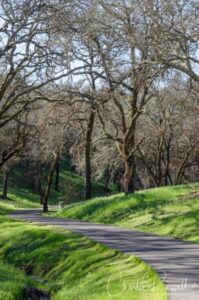
There are a number of interlocking trails in this park. I recommend that you download a map of the park. Most of the trail junctions were clearly marked, but not all. As I mentioned before, there is a paved ADA accessible trail that runs the length of the park, through the lowland area. It is pleasantly shaded by oak trees. There were lots of California buttercups and Milk maids along this section.
After about a half mile, we turned off of the paved path to go up the Milkmaid trail, which climbs straight up the ridge. This joins the Woodland Star trail that runs along the top of the ridge. These sections are where we found Western hounds tongue, shooting stars (Mosquito bill), and Checker lily. You have to be careful if you wander off the trail to get closer to the flowers, though, because there was a lot of poison oak.
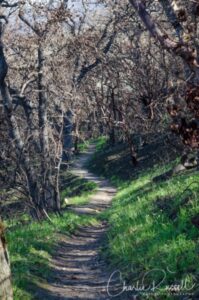
The Woodland Star trail eventually reconnects with the Valley of the Moon trail. This is a popular trail for casual hikers and people walking their dogs. We eventually turned off of this to take a series of trails that led us up the opposite ridge, starting with the Glen Ellen trail, connecting with the Black Canyon Creek trail (this junction wasn’t clearly marked), and eventually the Cougar trail. That took us back to the parking lot where we started. There were interesting flowers along this side, but more non-native species here.
A pleasant hike, most of the time you are under the oak tree canopy. In February, the oaks weren’t leafed out yet, but the temperature was very moderate. If it has been raining I think that you will find that the trails on the ridges could be muddy and slippery.
Here’s the track that we followed:
Sonoma Valley Regional Park Track
Profile
Click the track to see an elevation graph. Move your mouse along the elevation graph to show the location on the map. The Refresh icon will re-center the map.
Directions
The Sonoma Valley Regional Park is near Glen Ellen, on highway 12. It is about 6.5 miles north of central Sonoma. Parking costs $7.00 per car, using a fee station in the parking lot that takes cash or credit card. There were porta-potties at the parking lot. Note that this is a popular park for equestrians, mountain bikes, and people walking dogs (on leash). We visited on a weekday, the trails were not crowded at all. There is an off-leash dog park by the parking lot. The central Valley of the Moon trail is paved and is ADA accessible.
Timing is Everything
We visited in mid February of a dry year. The weather was excellent, a clear sunny day with temperatures in the low to mid 60’s. With all of the shade, this should be nice to hike any time of the year. It was a great place to see early season wildflowers.
Sonoma Valley Regional Park Wildflowers
Here’s a sample of a few of my favorites from this hike. Please feel free to correct any errors I may make. Click on any photograph to see a larger image

We found Checker lilies is just a few spots up on the Woodland Star trail, high on the ridge. They can be tricky to spot, and are always tricky to photograph.

The most common flower on this hike was Milk maids. It isn’t an unusual flower, but I enjoy them.

Mosquito bill, a shooting star, really stood out against the green grass.
If you click on any of the photos below you will be able to scroll through larger versions of the pictures. All photos are available for purchase in a variety of formats.
Here’s a listing of what I found on this visit:
- California buttercup (Ranunculus californicus)
- Checker lily (Fritillaria affinis)
- Coast sanicle (Sanicula laciniata)
- Milk maids (Cardamine californica)
- Miner’s lettuce (Claytonia perfoliata)
- Mosquito bill (Primula hendersonii)
- Poison oak (Toxicodendron diversilobum)
- Sky lupine (Lupinus nanus)
- Sun cup (Taraxia ovata)
- Western houndstongue (Cynoglossum grande)
The following are non-native plants that we found on the hike as well:
- Chickweed (Stellaria media)
- Field mustard (Brassica rapa)
- Hairy vetch (Vicia villosa)
- Spring vetch (Vicia sativa)
- White stemmed filaree (Erodium moschatum)
- Wild radish (Raphanus raphanistrum)



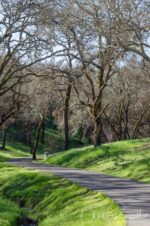

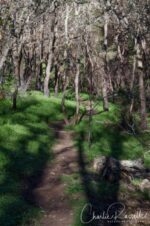




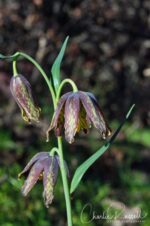

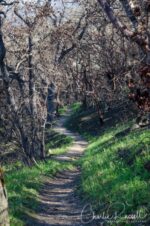



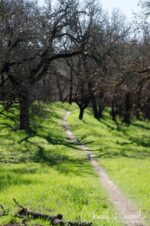







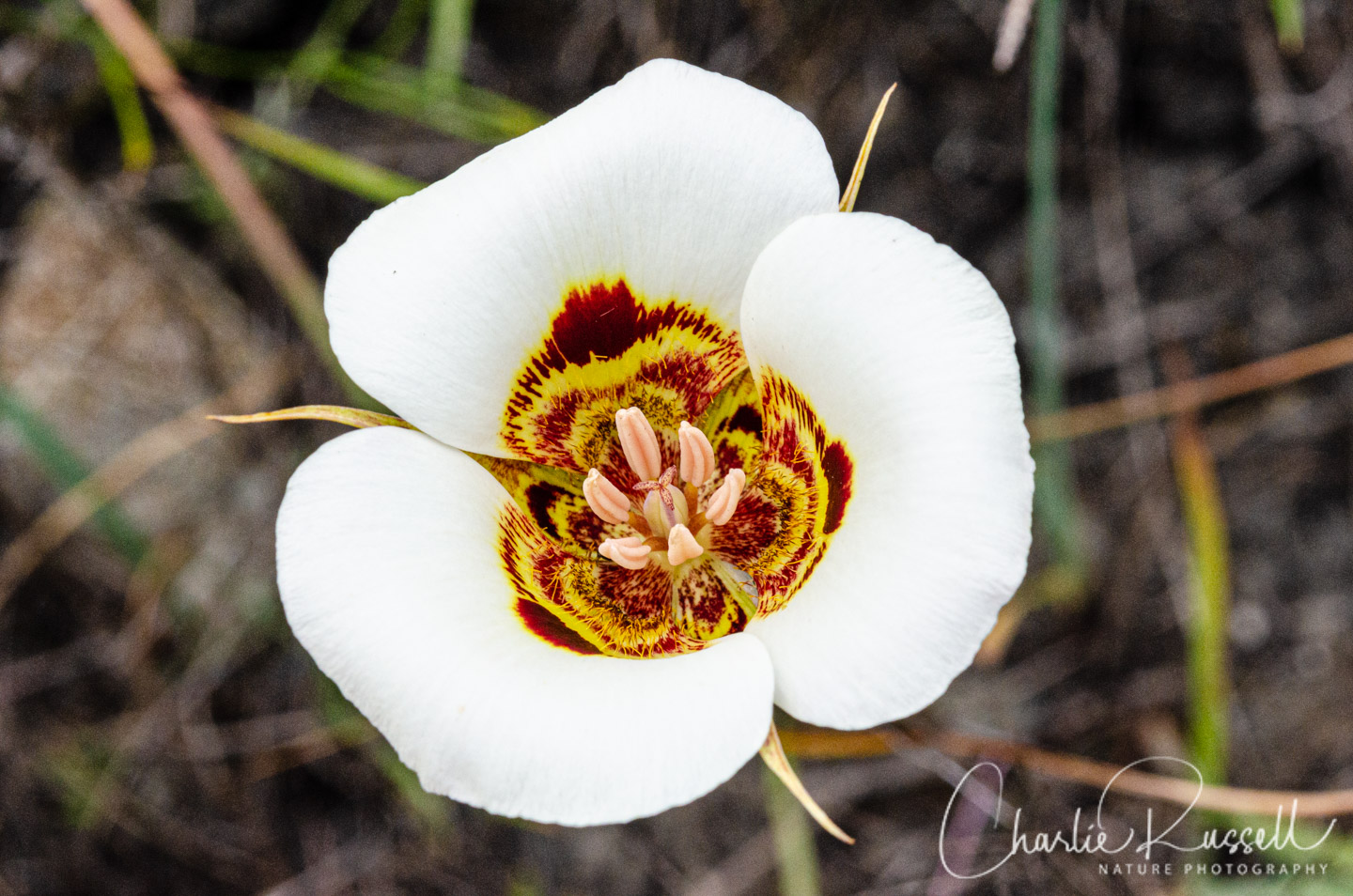

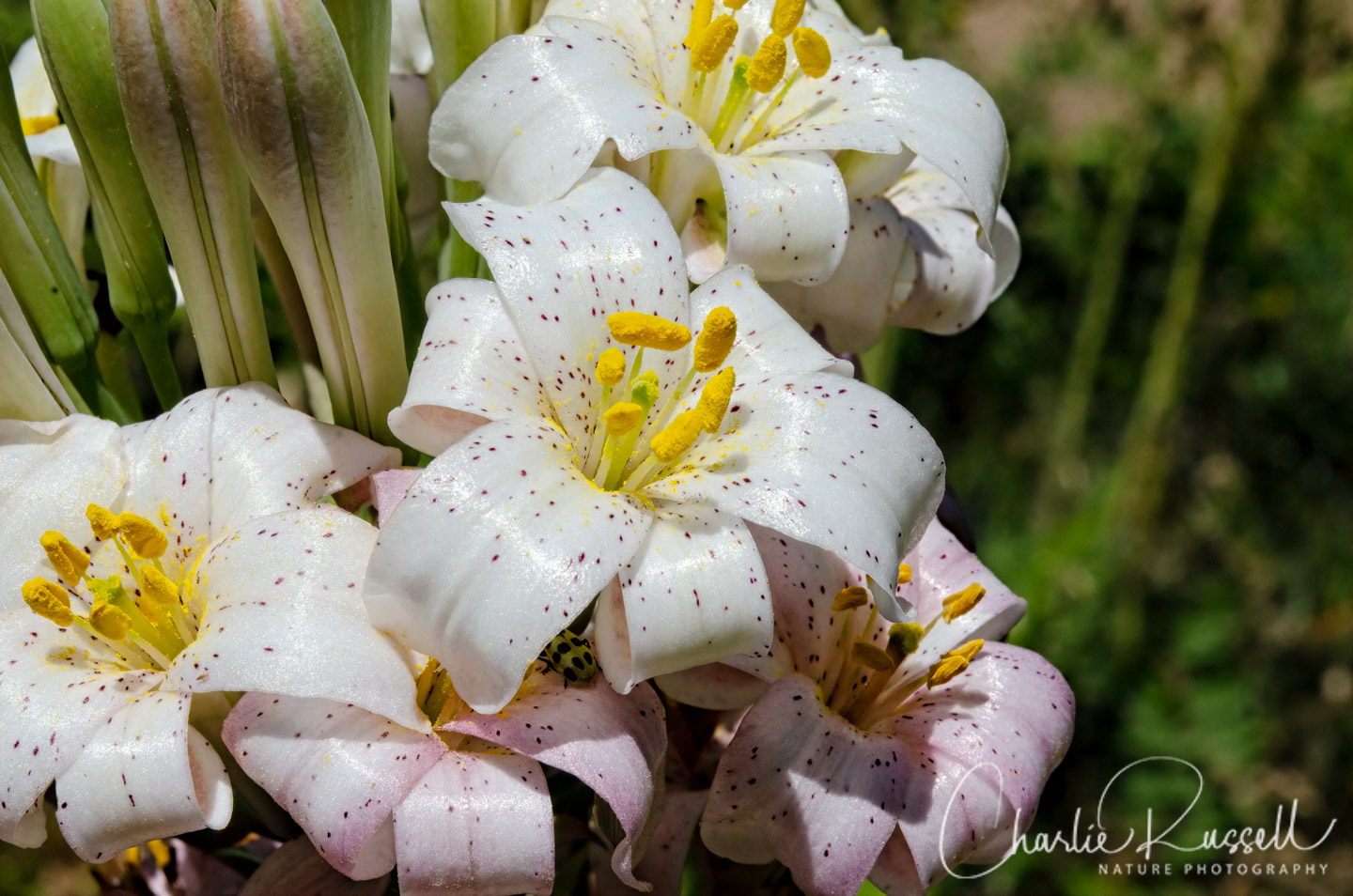
My family and I love this hike and have seen beautiful wildflowers there. We like to hike up to the top ridge.
I’ve only visited it that one time, and it was very nice. I’ve done other hikes in that general area THIS spring, and it looks like the flowers are at least a coupole of weeks behind what they were LAST year, with all the cold and rain.